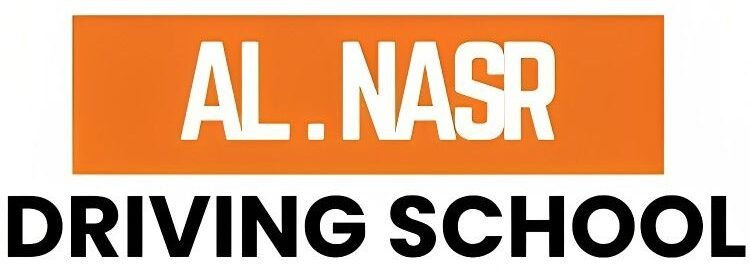Commitment to Safety and Excellence
Safety is not a rule in Al Nasr Driving School, and it is our culture. Our Vehicle Quality and Safety Policy stipulates that each car, bus and motorcycle used in training is of the highest standard of performance and durability that is available in the UAE. All the learners should be able to have the assurance that their training vehicle is safe as much as it is maintained.
Our Philosophy on Vehicle Care
We are sure that not only a car in excellent condition teaches one to drive, but it also teaches discipline. A neat car is a reflection of a neat student. As an example, as a driver will check mirrors before driving away, our technical team will inspect all the vehicles before they reach the training track.
Policy Goals and Core Principles
- Have 100 percent safe, road worthy training fleet.
- Observing RTA and UAE road safety laws.
- Have frequent checking of inspections and maintenance.
- Get rid of old or insecure cars.
- Make sure that all vehicles are covered and registered.
- Create a safety-first culture in the instructors and students.
How We Ensure Vehicle Quality
Citation is required! Our vehicles are selected and tested and maintained under many internal and external specifications. We categorize our checks into the following areas:
- Selection Criteria: Vehicles having adequate safety and security technology and being fuel efficient in learner comfort terms as per UAE environmental regulations.
- Pre-Use Check: Shall be performed prior to commencing the first training session in the day.
- Scheduled Maintenance: Depending on mileage.
- Safety Feature Checks: Brakes, lights, sensor systems.
- Documentation Review: Registration, insurance, inspection certificates.
- Replacement at End of Life: Those vehicles that never pass the safety age eligibility test would be eliminated.
Training Vehicle Categories
| Vehicle Type | Inspection Frequency | Responsible Department |
|---|
| Light Vehicle | Weekly | Fleet Supervisor |
| Heavy Vehicle | Bi-weekly | Maintenance Department |
| Bus | Weekly | Safety & Transport Team |
| Machinery | After every 40 training hours | Technical Staff |
| Motorcycle | Daily | Instructor-in-Charge |
Vehicle Safety Checklist
✅ Brakes, lights, and mirrors checking all functioning correctly
✅ Tires required inflation and wear
✅ Checks on seat belts and airbags
✅ Interior cleaning and hygienic conditions maintained
✅ Carrying a fire extinguisher as well as a first-aid kit
✅ Checked levels of fuel, oil, and coolant all the time
✅ Logbook attended to after the inspection each time
Emergency Response and Breakdown Handling
Even with safety measures, unforeseen breakdowns can occur. When this happens, our team operates under the emergency protocol defined within the department:
- First and foremost making sure that learners are safely evacuated.
- Second, immediately contacting the on-site mechanics.
- Third, within minutes, the arrival of a replacement vehicle so that training sessions can continue smoothly and safely.
Instructor and Student Responsibilities
Maintaining safety is a matter that falls on everybody. Instructors are trained to become aware of hazards as they may appear before or while conducting training sessions. According to another method, students are taught to perform simple pre drive checks to embed in them the habit of safety awareness throughout their lives.
For example, a student might have to make sure that mirror adjustment is done properly or check the pressures in all tires before starting the session. These little matters will help build discipline for life.
Continuous Improvement Commitment
Our job is not just keeping vehicles running, we also enhance them. Feedback from instructors, technicians, and students is all part of our process refinement. Each modification or upgrade brings us one step closer to more efficient, safer, and smoother training.
